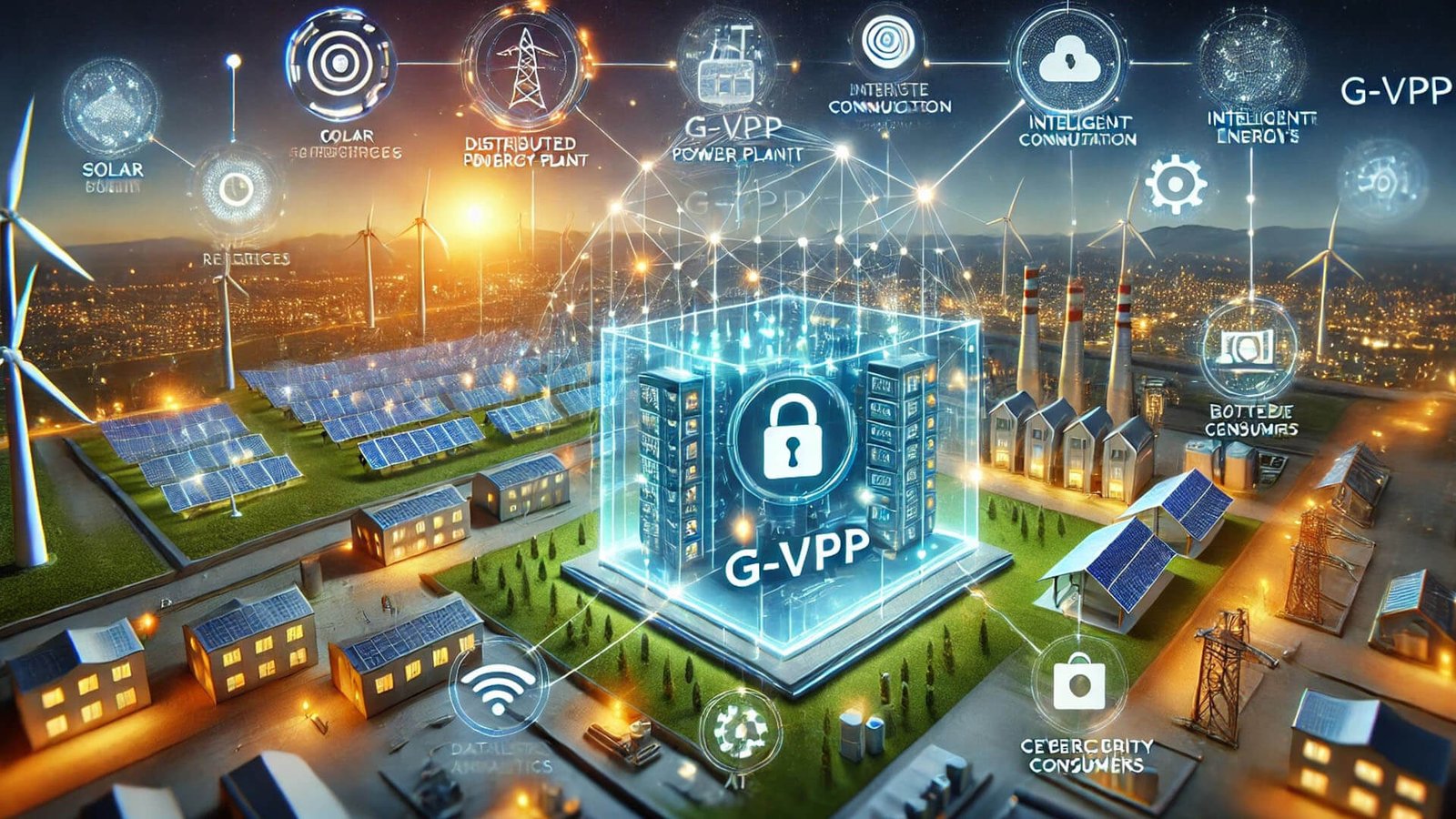G-VPP
Virtual Power Plant (VPP) Software and Hardware
Grid Kod G-VPP, plays a key role in energy transformation and the effective utilization of distributed energy resources. Grid Kod, through the integration of renewable energy sources and smart energy management, offers solutions that add value to both investors and energy consumers.
Virtual Power Plant (VPP) Software and Hardware
Ensuring grid integration with Virtual Power Plant (VPP) software and related hardware is critically important for renewable energy transformation and the digitization of the energy sector. VPPs aggregate distributed energy resources (PV power plants, wind turbines, battery storage systems, etc.) and manage them as a single virtual power plant, providing flexible and reliable energy to the grid. Since each country’s grid requirements and operating conditions differ, it is especially important to develop VPP software and hardware in locally according to our national needs.
As Grid Kod, the VPP software and hardware we have developed have been designed with the correct parameters and have completed testing. This ensures that investors can derive maximum benefit from distributed energy resources and participate effectively in energy markets.
With Grid Kod G-VPP, the way has been paved to manage energy sources and consumers from different manufacturers with high accuracy and efficiency. G-VPP contributes to grid stability and energy efficiency by providing smart integration and management of distributed energy resources.

Key Features of Grid Kod G-VPP Software and Hardware:
- Flexibility to Work with Different Energy Producers and Consumers: G-VPP offers flexible energy management by integrating the energy sources and loads of various producers and consumers.
- Integration of Distributed Energy Resources: Enables the management of different sources such as solar, wind, biomass, and energy storage on a single platform.
- Adaptability to Voltage Levels and Grid Regulations: Can operate at different voltage levels and comply with grid regulations.
- Flexibility in Load Balancing, Demand Side Management, Frequency and Voltage Regulation, and Microgrid Operation According to Application Type: Provides flexible solutions based on grid needs and supports microgrid operations.
- Bidirectional Communication with Energy Sources and Consumers: Offers real-time data exchange through IoT and advanced communication protocols.
- Real-Time Data Collection and Monitoring: Instantly monitors and manages system performance and energy flow.
- Data Analysis and Forecasting: Predicts energy production and consumption using big data analytics and artificial intelligence algorithms.
- Data Security: Protects system and data integrity with cybersecurity measures.
- Facility Monitoring and Reporting: Monitors facility performance with user-friendly interfaces and provides detailed reports.
- Energy Optimization with AI-Based Decision Algorithms: Optimizes energy management with AI-supported decision mechanisms.
- Integration with Energy Trading Platforms: Facilitates energy trading by providing access to energy markets.
- Security and Risk Management System Controls: Minimizes operational risks and prioritizes safety.
- Service and Predictive Maintenance: Ensures continuous and efficient system operation with proactive maintenance and service offerings.

